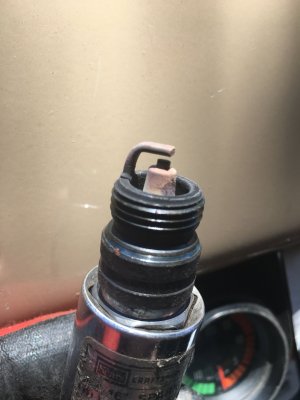Took the van for an extended test drive to check my work. The speedometer is now pretty durn close to the app on my phone, so I’m calling that fixed.
The engine ran well with the 160 jet size; I didn’t see any alarming lean readings from the AFR gauge and driveability was excellent. I’m thinking this setting will work for my engine. The van will get driven more when summer rolls around and more time behind the wheel will further tell the story.
Thanks to all that contributed to this project, it’s appreciated. Sometimes it takes a village…
The engine ran well with the 160 jet size; I didn’t see any alarming lean readings from the AFR gauge and driveability was excellent. I’m thinking this setting will work for my engine. The van will get driven more when summer rolls around and more time behind the wheel will further tell the story.
Thanks to all that contributed to this project, it’s appreciated. Sometimes it takes a village…

